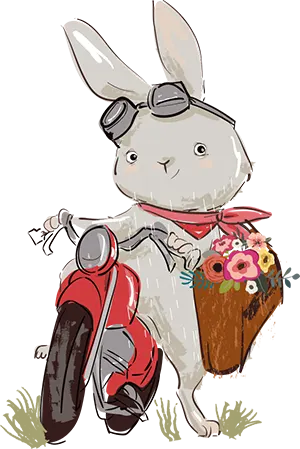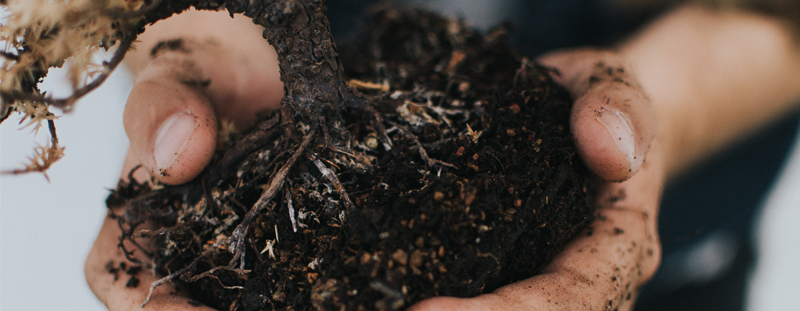Spring has sprung and it’s time to start a vegetable garden – kids included! Now that the kids are old enough to help out, there’s no reason why you should spend those gardening days alone. Working in the dirt gives your little ones the chance to learn about nature, build fine motor skills, explore through their senses and learn about where their food comes from. And as a bonus, gardening as a family is an awesomely active way to spend quality time together. So, how do you start a vegetable garden with the whole family? Check out these simple how-to steps and get growing!
That’s right, “draw” a list. Your toddler wants to help pick out the veggies that you’ll grow. But, they can’t write the words – yet. That’s okay, pictures are symbols too. Have a family meeting and pick out a few potentials to plant. If your kiddo isn’t being overly verbal, page through books (or look at photos online) and ask them to point to the plants. Say each plant or veggie’s name, and have your child repeat it back to you. Hand over some paper and crayons or markers, and invite your imaginative kid to get artsy as they draw the list.
You’ve got no less than five dozen drawings of random vegetables, plants and alien-looking fruits. Now what? Well, you can’t plant all of them. It’s time for some serious research. Okay, not really super-serious research. You just need to know which of your child’s picks will grow best in your region during this time of the year, and under the conditions in your yard. Ask your child to describe the family’s garden site, as you write it all down. Go outside and really explore the space. Dig in the dirt, compare light and shadow areas and mark the exact region where your garden will grow. Go online and look up the best plants for your area or head to the local garden center and ask a pro.
Your child has picked a few favorites and you’ve narrowed down the list to what actually grows in your region. Now it’s time to shop. Or not. Instead of planting a garden that’s filled with totally unrelated foods, choose a theme. Using a themed approach isn’t just fun (even though it does make the project more interesting for young minds), it helps your child to develop cognitive abilities such as sorting and categorizing. Get creative with the theme and pick a pizza garden, salad patch or something that’s based on your child’s favorite book.

Before you can put those plants in, you’ll need to prep the area. Start by asking your child what they think plants need to grow. Get specific with questions such as, “Do you think we can plant the tomatoes in the grass? Why or why not?” or, “What do you think we need to do to make the ground ready for planting?” Work together to pull weeds and till the soil before you start the planting process.
Walk through the space and puzzle out where you’ll put each vegetable plant. Keep in mind, different types of plants need different amounts of space in between. Check the stats, and explain that each plant needs room to grow. Place the seedlings, seed packets or full-on plants where you’ll eventually plant them. Doing this doesn’t just give you an organizational leg up on your gardening plan – it also helps your child develop problem-solving and critical thinking skills.
Hand over the trowel and dig away. Your child can put the plants in, with your help of course, and cover the roots with dirt. Get crafty and create small-sized signs to mark what each plant is. Draw pictures on card stock paper, cover it up with plastic wrap (to keep at least some of the water out) and attach the art to craft sticks. Push the sticks into the dirt near the plants to mark the spaces.
Your kiddo’s job is far from done. Work together as a family to care for the garden. Your child can help water the plants and pick them when they’re ready. Add in a mini math activity and measure each plant’s growth. Make a height comparison chart and see which plant wins the growing race!
With these tips, your family with have a garden that will keep on giving all season long. It will get your child active and outdoors, learning new things, and could even be the start of a hobby that lasts for years to come!









